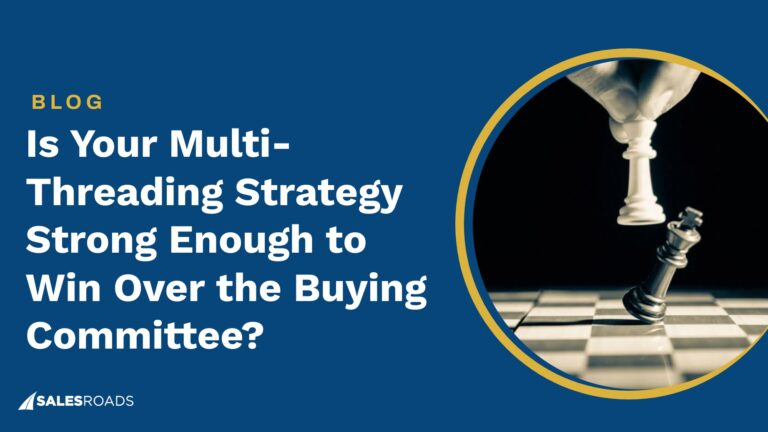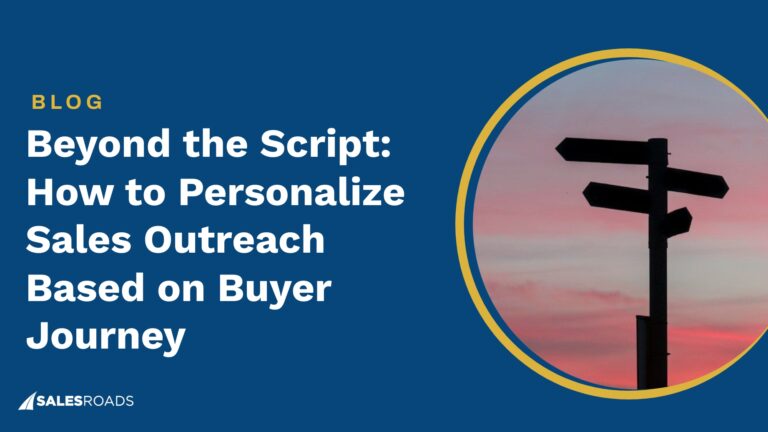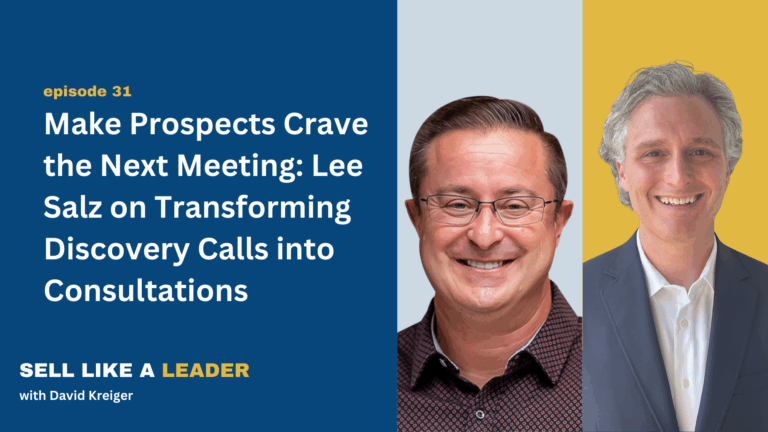An appointment setting funnel makes it easy for sales reps to connect with prospects. With an increased number of booked meetings, businesses can shorten their sales cycles and boost conversion rates.
What is an Appointment Setting Funnel?
An appointment setting funnel generates leads to your pipeline by booking meetings that will eventually result in conversions. This process allows businesses to:
- Attract qualified leads: Sales development reps (SDRs) can be sidetracked from their primary duties—calling leads and scheduling appointments—if they have to spend too much time filtering a diverse lead list.
- Fill the pipeline consistently: An effective appointment setting funnel will produce leads whenever needed, ensuring that the account executives never run out of potential customers to convert.
- Take advantage of automation: Automation features make appointment setting funnels more efficient by eliminating repetitive and manual tasks.
- Have complete control: A well-functioning appointment pipeline allows you to predict how many appointments and new customers you’ll secure each month.
How to Build a High-Functioning Appointment Setting Funnel
An efficient appointment setting funnel makes it easy for prospects to move to the next stage of the buyer’s journey and connect with sales reps. Here’s how you can create your booking funnel:
Step #1: Generate Interest
The first step to building an appointment setting funnel is to attract prospects’ attention. Defining your company’s ideal customer profile (ICP) and buyer persona will help you zero in on the most effective method of engaging your target demographic.
Once you have a clear idea of who your target customers are, you can attract their attention by:
- Posting helpful content: At the early stage of the buyer’s journey, consumers are looking for information about their pain points and possible solutions. By providing prospects with valuable resources, you position your brand as an authority in the subject matter and increase traffic to your website. Examples of high-quality content include ebooks, case studies, how-to articles, and whitepapers.
- Increasing social media presence: Increasing social media visibility is a great way to boost brand awareness. It also allows salespeople to engage directly with prospects and understand their pain points.
- Running paid ads: Paid search engine ads generally perform better than social media ads in targeted campaigns. They generate prospects who want more information about their pain points and possible solutions. By running paid ads on search engines, you’re putting your brand in front of competitors.
Step #2: Optimize Landing Pages
Users are redirected to landing pages (also known as opt-in pages) when they click on advertisements. These are specifically made to collect prospects’ information and add them to the email list, which the sales team can use to book meetings.
You can encourage prospects to share their contact details by offering:
- Gated content: eBooks, whitepapers, and video tutorials are examples of gated content that prospects can only access when they provide their contact information. These marketing assets serve as an incentive to encourage prospects to make the exchange. For every 100 visits, these materials can produce 45 highly qualified leads1.
- Webinars: Webinars are great tools for engaging prospects and providing them with valuable information about specific pain points. Significantly high percentages (73%) of B2B webinar attendees convert into qualified leads2.
- Freemiums: A common incentive offered by SaaS companies involves providing consumers with a free version of a product or service. This allows prospects to see whether a solution solves their pain points.
Aside from offering high-quality marketing assets, your landing page should also feature an opt-in form. An effective form is:
- Simple: Visitors are likely to leave the website if the form has complex and lengthy questions. Stick to asking only the basics, as there will be plenty of time for follow-ups after appointments are scheduled.
- Relevant: Asking unnecessary questions can make the prospects hesitate to answer or even bounce from the site.
- Visually appealing: The layout, colors, and fonts need to be aesthetically pleasing and consistent with the rest of the site’s design. This is crucial for establishing credibility and familiarity with the brand among visitors.
Step #3: Set Up an Email Campaign with Booking Pages
At this stage, you have a solid lead list from the opt-in pages. You can use this list to set up email campaigns and nurture prospects. It usually takes eight touches with a new prospect before they agree to a first meeting.
Once the prospect shows interest in scheduling a meeting, providing them with a booking page is highly recommended. This allows them to know the availability of your sales reps and choose the most convenient time.
There are tools to automatically generate booking pages, such as:
- Appointy
- Appointlet
- Calendar
- Google Calendar
Step #4: Send a Confirmation and Reminders
Sending a meeting confirmation creates a positive and professional impression. Reminders, on the other hand, allow leads to reschedule or cancel appointments. Even though these aren’t ideal outcomes, it’s helpful to let your sales reps know ahead of time when a meeting won’t happen so they can allocate their efforts to other prospects or tasks.
If you are outsourcing your appointment setting program, make sure to ask your service provider what they do with missed appointments. In this video, David Kreiger of Salesroads explains why it’s essential to inquire about how outsourcing partners deal with rescheduled or canceled meetings.
Bottom Line
A streamlined booking system makes it easy for sales reps to contact leads. Creating an efficient appointment setting funnel can significantly increase the number of meetings and opportunities for conversion.










